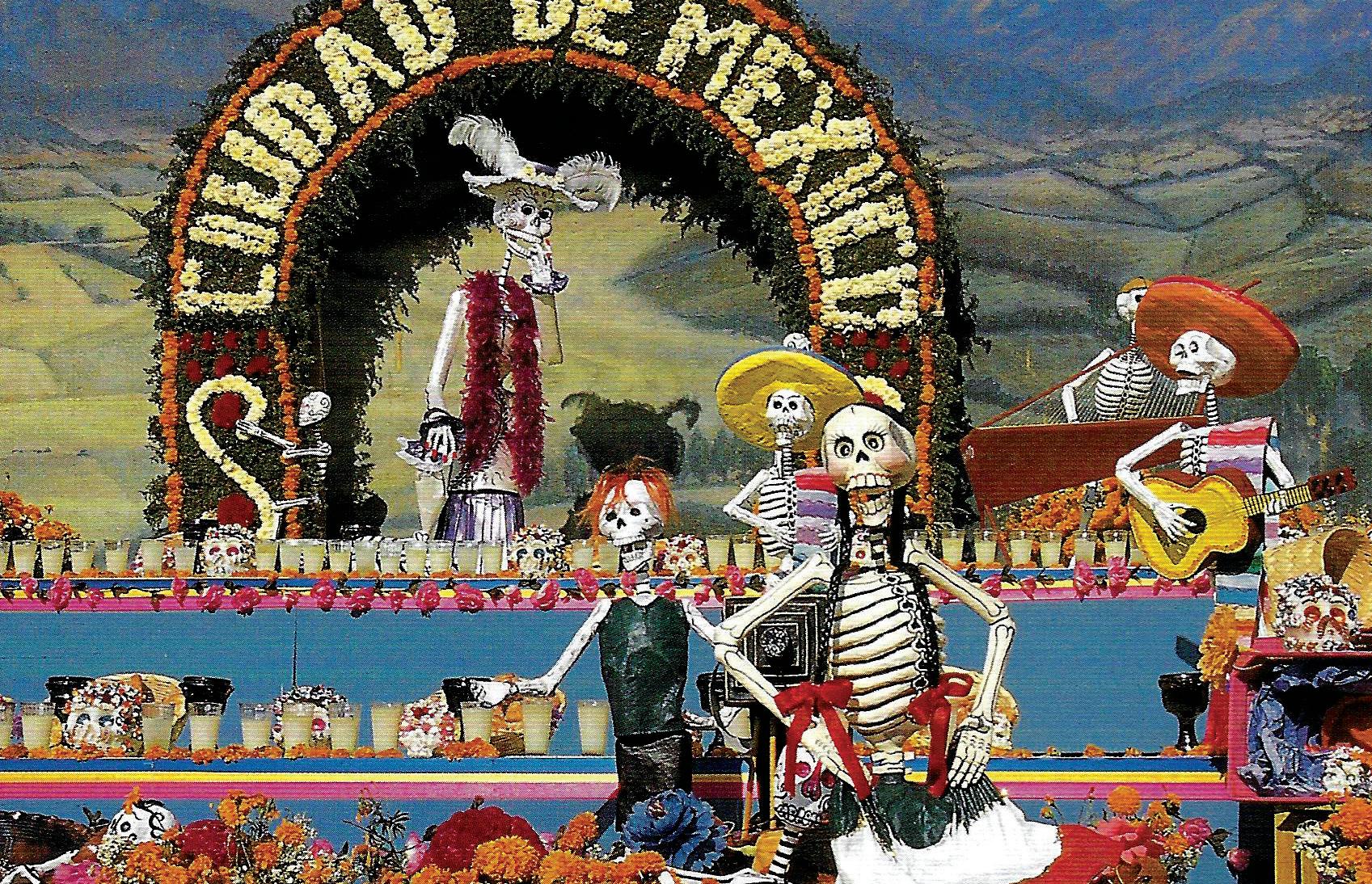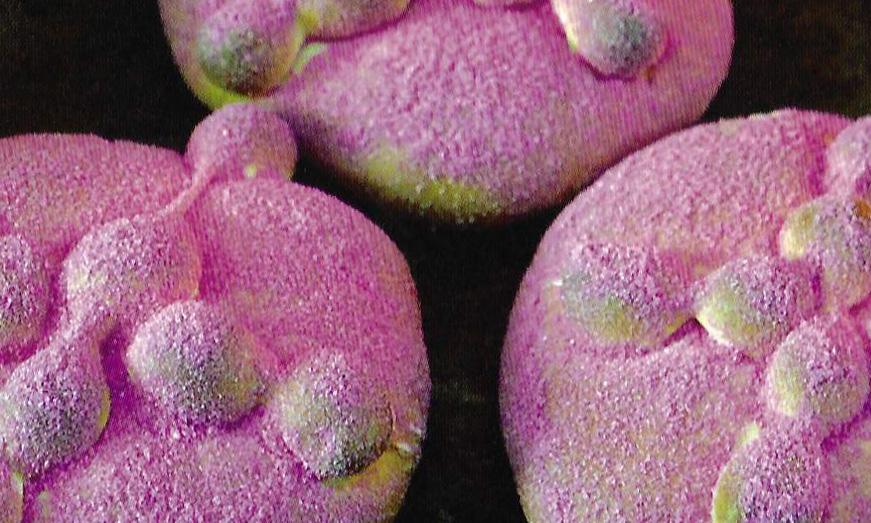
4 minute read
Reinventing Tradition: Cultures Crossing Borders
In our modern world, people often try and make distinctions between folk art and fine art and artisans and artists respectively. Popular art is an expression of the world’s traditional cultures. Popular art is rooted in traditions that come from community and culture – expressing cultural identity by conveying shared community values and aesthetics. The difference between the two types of art is the cultural aspect. Fine art focuses more on “aesthetic” and is taught through rigorous formal instruction and training while popular art encompasses one’s culture in a “deeper” manner. In popular art, artists are mostly self-taught or learn through family apprenticeships.
However, the case could also be made that there is no real distinction other than what society elevates as art. Culture is more complex and dynamic than we are taught to recognize in our daily lives and experiences. It is shared within and beyond communities regardless of national boundaries that are drawn between them.
Advertisement
WHAT IS CARTONERÍA?
Cartoneríais the name for fanciful props that brighten the fiesta or celebration. They are constructed of paper, cardboard, and paper-mache: paper stuck together and hardened with wheat-flour paste. Paper-mache was introduced into Mexico around the 17th century as a way to make objects for churches with its use most developed in central Mexico.The dried surface is painted with festive colors.
Traditionally figures are produced in multiples and meant to withstand only the specific holiday event. They are often broken, burned, or discarded after the festival and replaced with fresh ones the following year.

In a way, the story of Carmen Caballerorepresents that of many of Mexican artisans, past and present… who toil away in anonymity, often making products that are of high quality and/or unique, but never getting the recognition they deserve. Caballero worked with her mother selling fruit in the market. When she was 18, a cartonero by the name of Gregorio Piedrasanta taught her the basics of the craft, but she went on to develop her own style, by dramatically simplifying the forms. Caballero eventually moved to Mexico City, where she made a living selling fruit and making seasonal cartonería items in the market. Carmen was exceptionally poor. It was in the market that none other than Diego Rivera discovered her work in 1955, buying the first of many Judas figures, 2.5 meters high, with a frame of over 150 strips of cane. By the time Caballero died at the age of 58, she left behind one of the largest collections of cartonería objects in the world at the time. Although she likely made thousands of Judas figures, only dozens survive. She never signed her work, as this was not custom for artisans.
WHAT IS AN ALEBRIJE?
Pedro Linares(1906 - 1992), a renowned indigenous Mexican artist, first created vividly colored paper-mâche sculptures called alebrijes. During the 1930s, Pedro Linares made piñatas, carnival masks, and religious figures from papier mache that were sold in mercados throughout Mexico City. When he began using paper and cardboard to craft large, vivid, ethereal creatures that no one had ever seen before, he caught the attention of a prominent gallery owner who marketed the pieces. This garnered so much recognition for Linares’ work that Diego Rivera and Frida Kahlo began commissioning alebrijes by Linares. Alebrjies became celebrated throughout Mexico and abroad. Thus, Linares was equipped to take a popular art tradition in a new direction.


Alebrijes de Papel: As the story goes, Linares became very ill when he was 30 years old. Not having access to medical attention, he laid in bed and lost consciousness. Linares dreamt of a bizarre, peaceful place that resembled a forest. His physical pain was gone and he felt happy as he walked along trails through the dense foliage of his dreamworld. Suddenly, the clouds, rocks, and trees began to transform. The land features around him shaped themselves into animals that were familiar and yet like nothing Linares had ever seen before. There were mules with dragonfly wings, roosters with antlers, creatures that resembled gryphons and dragons, just to name a few. They had unnatural colors and patterns swirling over their bodies.
Felipe Linares Alebrije, 2000-2004 Paper mache, 27” x 25” x 32” Mexic-Arte Museum Permanent Collection 2015.41.36 Gift of Priscilla Murr
Linares returned home to his native Arrazola in Oaxaca and shared his designs with artisans in his village. Sculptor Manuel Jimenez (1919-2005) was the first to create the brightly colored creatures out of copal wood instead of paper mache by incorporating Linares’ visions into the pre-Columbian woodcarving tradition that already existed among the indigenous Zapotec culture of that area. Descendants of Pedro Linares as well as Manuel Jimenez’s family continue to carve and paint various alebrijes to this day. Entire families and villages have dedicated themselves to honing their woodcarving skills. They elevated the craft to a fine art that is prized around the world and built a unique economy based on artistic supply and demand.









